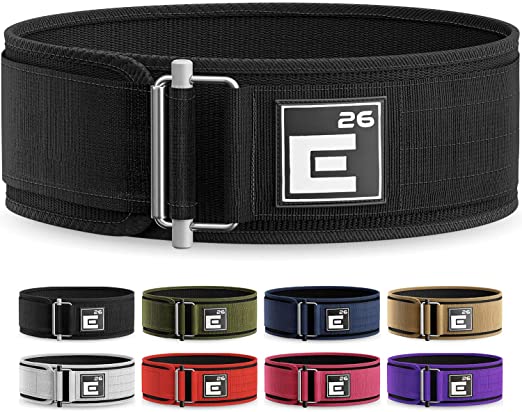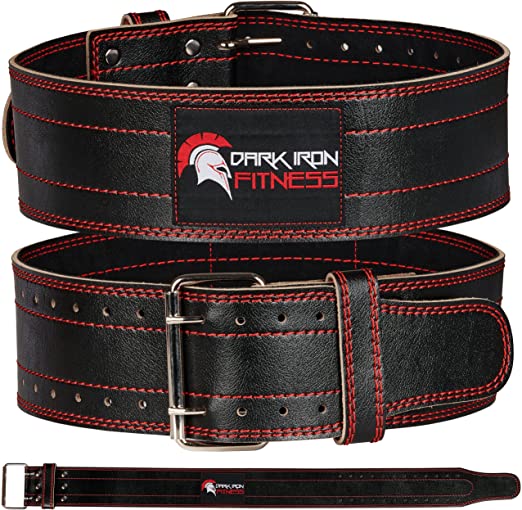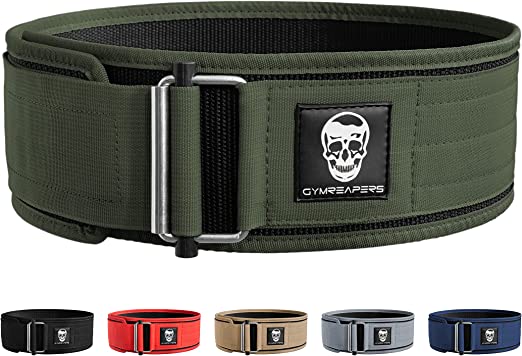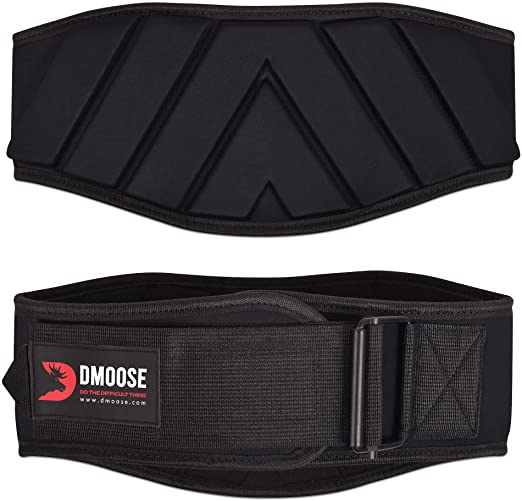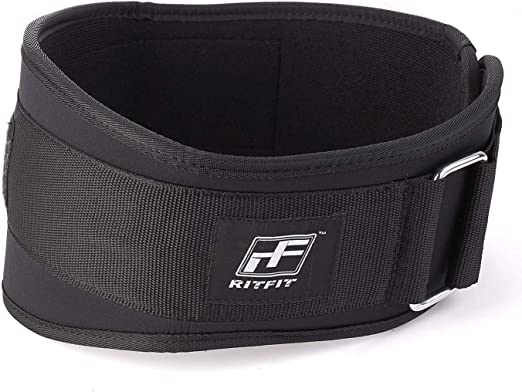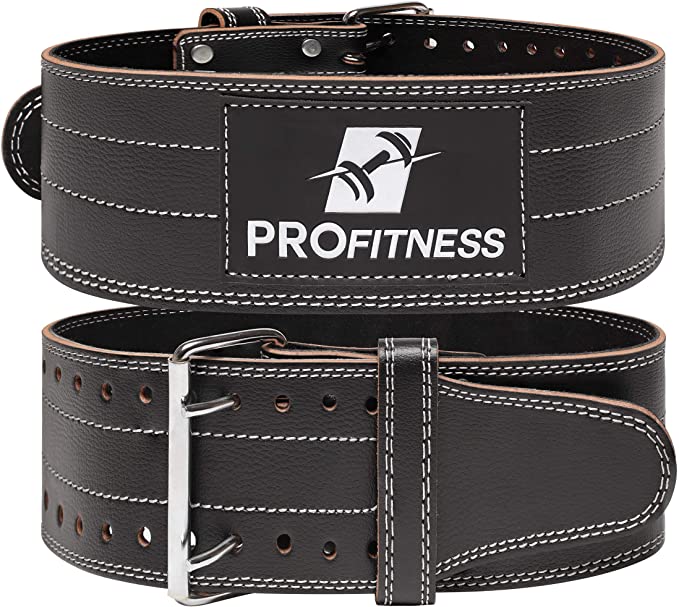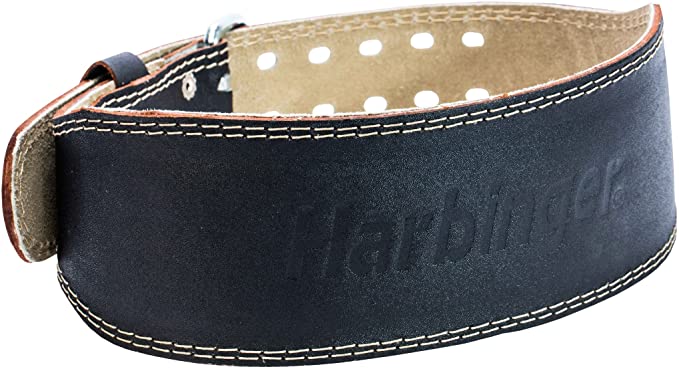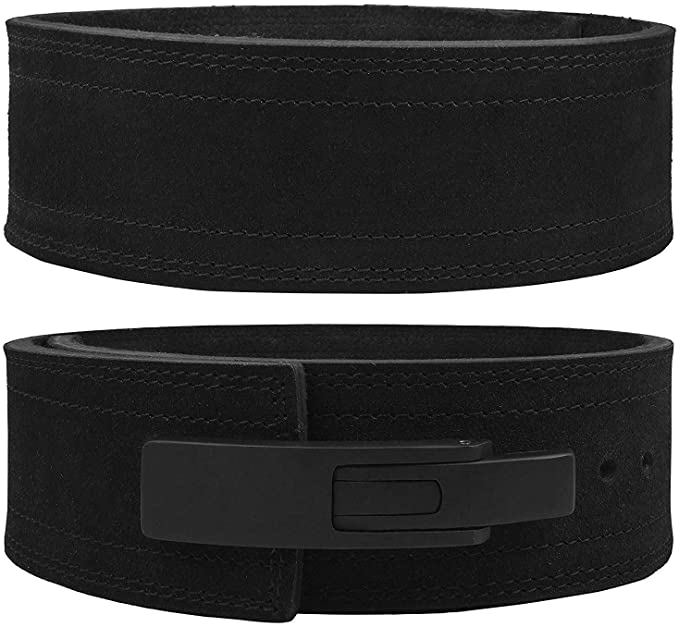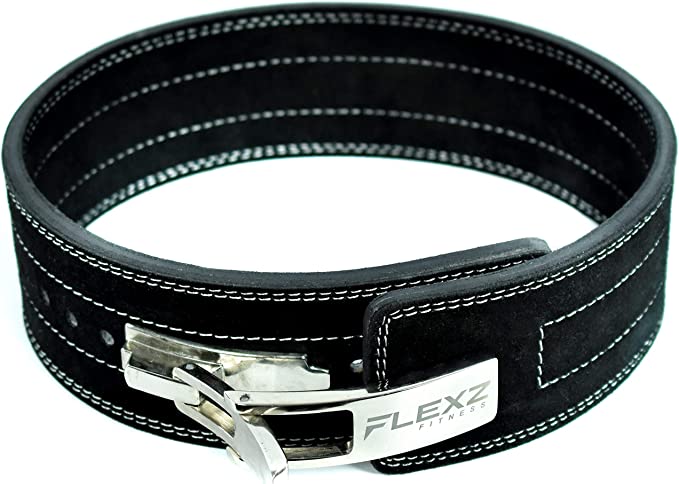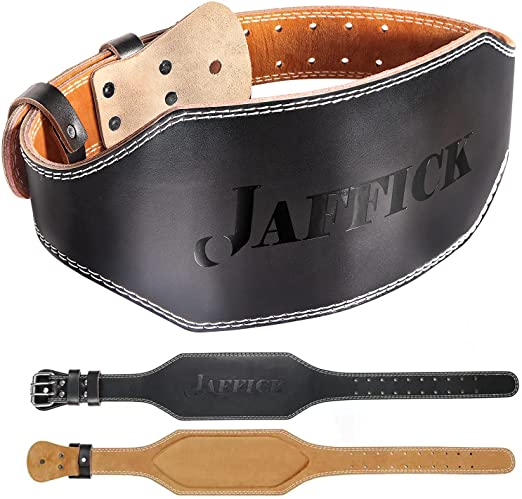Element 26 Self-Locking Premium Weight Lifting Belt
Last updated: August 1, 2022
This nylon lifting belt boasts a wear-resistant self-locking mechanism that prevents it from slipping open. It has a 4-inch width to create even, intra-abdominal pressure. It's competition-approved and comes in a variety of colors.
We looked at the top Lifting Belts and dug through the reviews from some of the most popular review sites. Through this analysis, we've determined the best Lifting Belt you should buy.
Product Details
Key Takeaway: Element 26’s secure nylon lifting belt is functional and built to last.
In our analysis of 33 expert reviews, the Element 26 Self-Locking Premium Weight Lifting Belt placed 1st when we looked at the top 10 products in the category. For the full ranking, see below.From The Manufacturer
What Makes A Great Weightlifting Belt? This is the question we started with when designing the Element 26 Self-Locking Weightlifting belt. We wanted ultimate performance, comfort, and security for Functional Fitness Athletes. We achieved this by starting with the best material we could find, 100% Premium Nylon. Then, shaped it into the most functional design, a light weight uniform 4″ Profile. Finally, ensuring the belt will never come loose during your sets by including the revolutionary Full Metal Self-Locking Technology. All of these factors created the best weightlifting belt you can buy for Functional Fitness Athletes.
